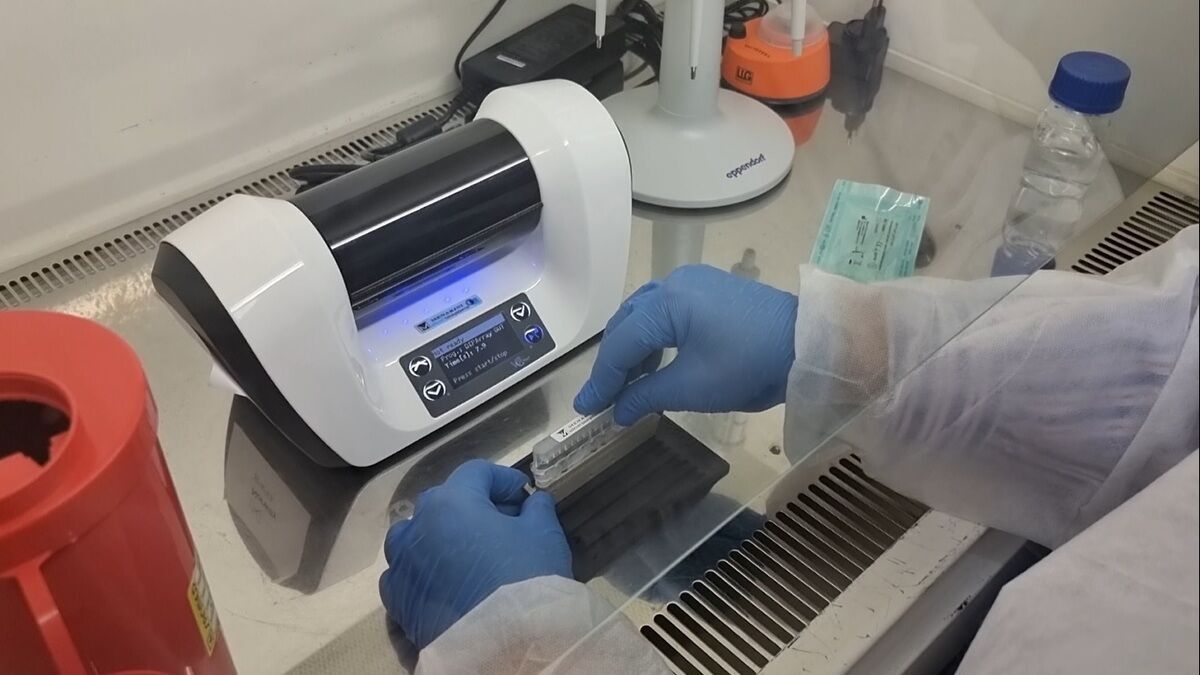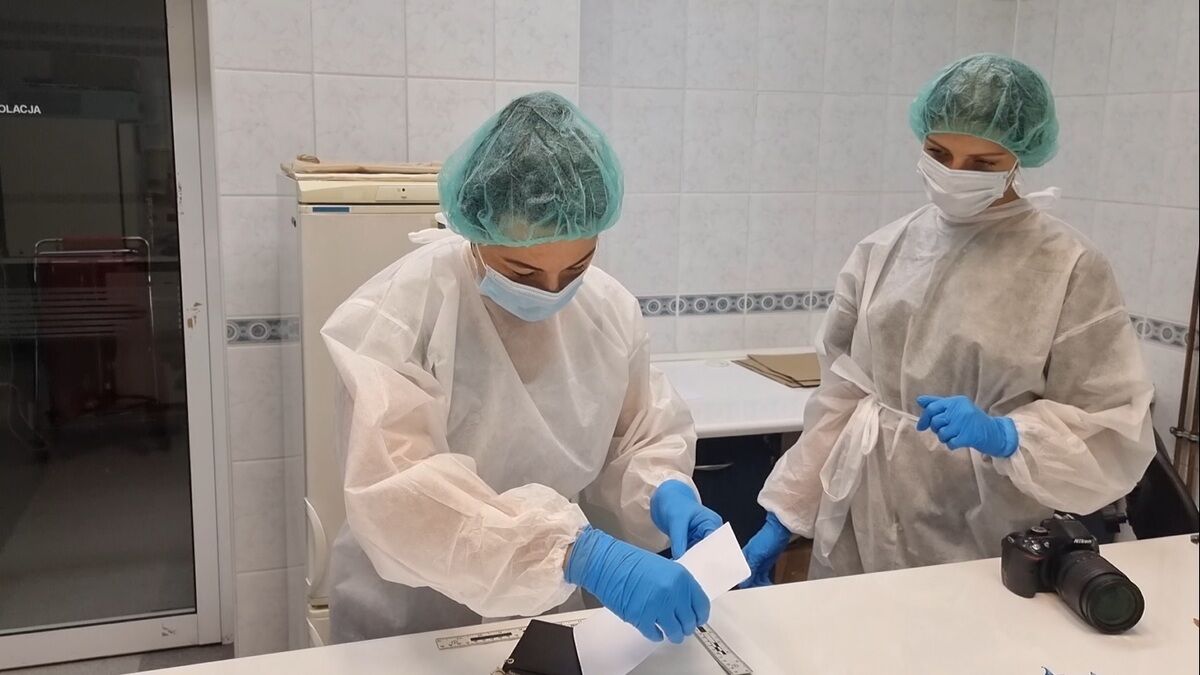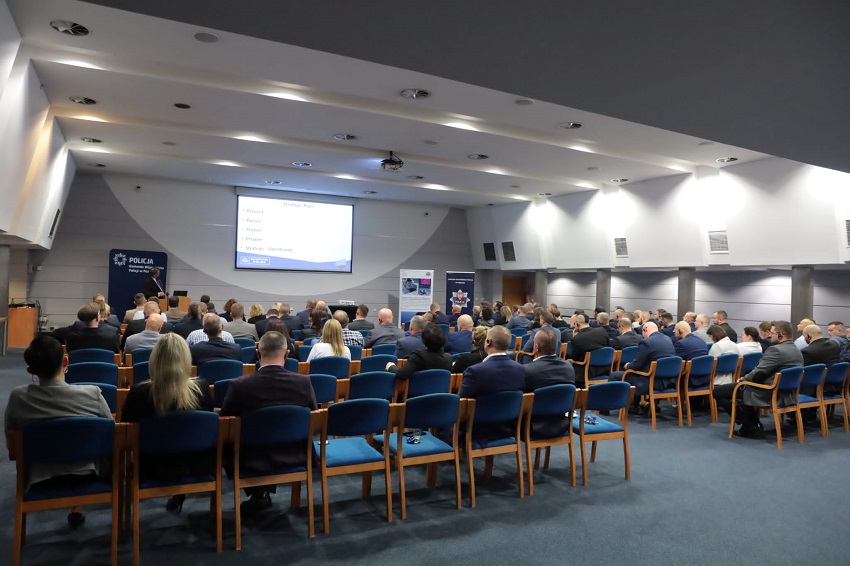In Greek mythology, Nemesis is the goddess of revenge, justice and fate. Her portfolio also includes prosecuting criminals. It is no coincidence that the project of the Regional Police Headquarters in Poznań was named after her. It is also no coincidence that we are publishing a story about this project on the European Day for Victims of Crime.
A tragic walk
It is April 3, 1994. Easter. 20-year-old Zyta Michalska has just had a dinner with her parents in Mikuszewo, a town located near Września. She decides to go for a walk in the forest. Unfortunately, she knocks over a cyclist passing along a forest path. An argument turns into aggression. A cyclist hits a young woman on the head with a stone. Afterwards, he fakes a rape, carries the body deep into the forest and returns home.
The investigating police officers are questioning local residents. Nobody saw anything, nobody heard anything. The autopsy shows that despite the huge wounds on the woman's head, the cause of death was suffocation, which probably occurred while the woman was being dragged on the forest floor. In mid-1995, the prosecutor discontinued the investigation. The perpetrator remains unpunished for many years.
This is not a script for a crime story by Zygmunt Miłoszewski (famous Polish author of crime novels). These are real events. In 2019, investigators from the Poznań X-Files, a special police team for undetected crimes, returned to the case and managed to find the truth. The perpetrator turned out to be one of the victim's neighbors - Waldemar B. At the end of 2020, he was arrested and in 2022 he was legally sentenced to 25 years in prison. He remained unpunished for 27 years, started a family, had a wife and two children.

Specialized equipment purchased as part of the Nemesis project (photo: Regional Police Headquaters in Poznań)
Police wunderwaffe
The arrest of the criminal showed that thanks to the latest investigative techniques, no criminal can feel unpunished. The perpetrator was detected thanks to genetic tests - a powerful weapon that law enforcement agencies have today in the fight against criminals, and which was unavailable 30 years ago. Therefore, Regional Police Headquarters in Poznań, with support of the Norway Grants, decided to develop this weapon so that it had even greater power.
In 2021, the Greater Poland Police started implementing the project "Nemesis - a modern model of the investigation system in the field of sexual crimes". As part of the project, the Forensic Department was equipped with a specialized research line for genetic tests, which makes it possible to conduct quick and effective forensic examinations in the case of sexual crimes. Police bought, among others: cell separator, cell concentrator, DNA extraction machine, centrifuges with cooling and horizontal rotor and ultrasonic homogenizer. Thanks to this equipement, geneticists can determine the exact DNA profile of the perpetrator, even with very limited research material.
The research line also makes it possible to determine the DNA profiles of individual people in a mixture of blood, semen, and mixtures of various types of cells, while also indicating what type of cell the tested DNA comes from. The possibility of such a distinction is useful, for example, in studies of rapes involving several perpetrators. Until now, identification possibilities in this type of crimes were very limited.
Moreover, based on the extracted DNA, police geneticists can determine the age, eye color, hair color and biogeographic origin of the perpetrator. It is now possible to narrow down the group of suspects and select people for further DNA compatibility tests.

Crime lab workers working with new equipment (photo: Regional Police Headquaters in Poznań)
"The trick is to catch the perpetrator of a crime red-handed. Today, thanks to the possibilities offered by science, we can 'catch' this perpetrator by the few cells he leaves behind at the crime scene" - said Dr. Natalia Rogalska-Niżnik, police geneticist and originator of the project, at the conference inaugurating the project.
The technology introduced in the Forensic Laboratory in Poznań is the only one of its kind in Poland. Moreover, it is only used by investigators in five countries in the world (the United States, China, Germany, Switzerland and Italy).
Silent heroes
"Civilian employees and police officers from forensic laboratories are often the unsung heroes of many media successes of the Polish Police. They do not interrogate witnesses, do not participate in the arrest of people, and do not bring charges against them. However, without their specialist knowledge, thoroughness and determination, detecting the perpetrator of the crime would be impossible" – says the project's website.
 Training seminar for criminal service policemen, which took place on November 8-10, 2022 in Licheń Stary (photo: Regional Police Headquaters in Poznań)
Training seminar for criminal service policemen, which took place on November 8-10, 2022 in Licheń Stary (photo: Regional Police Headquaters in Poznań)
It is difficult to disagree with this statement, which is why the project also had an educational dimension. The knowledge of police officers and civilian police employees on methods of revealing biological traces was developed, based on the experience of Polish and foreign scientific institutions. As part of the project, the Regional Police Headquarters in Poznań, cooperates with the Faculty of Criminology and Sociology of Law at the University of Oslo, which has experience in combating sexual crimes. As part of the initiative, a methodology and algorithm for conducting research on sexual crimes was also developed.
The project "NEMESIS - the Novel Elaborated Model of the Enhanced Sexual Assault Investigation System" was cofinanced with the amount of almost EUR 583,000 from Norway Grants under the Home Affairs programme.
